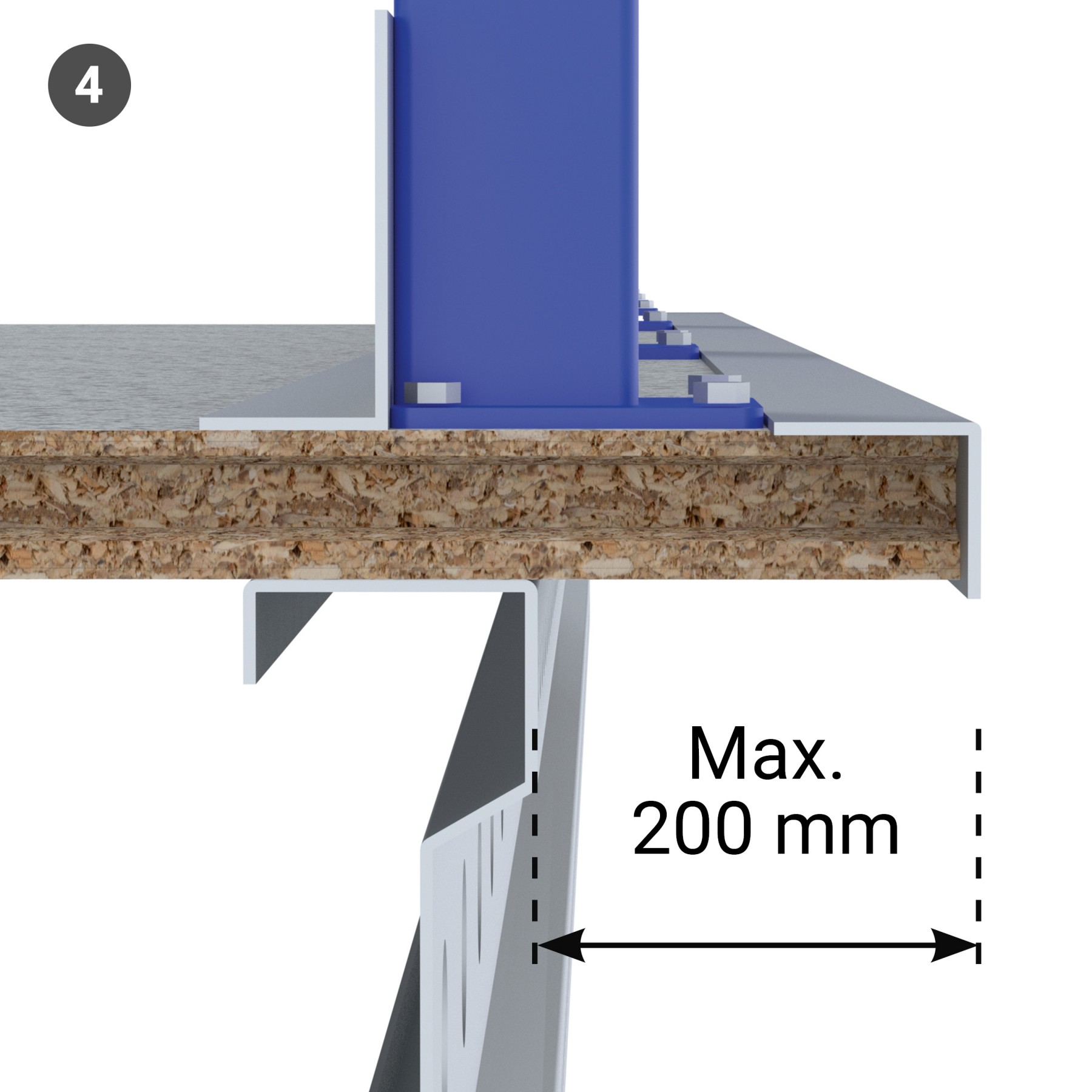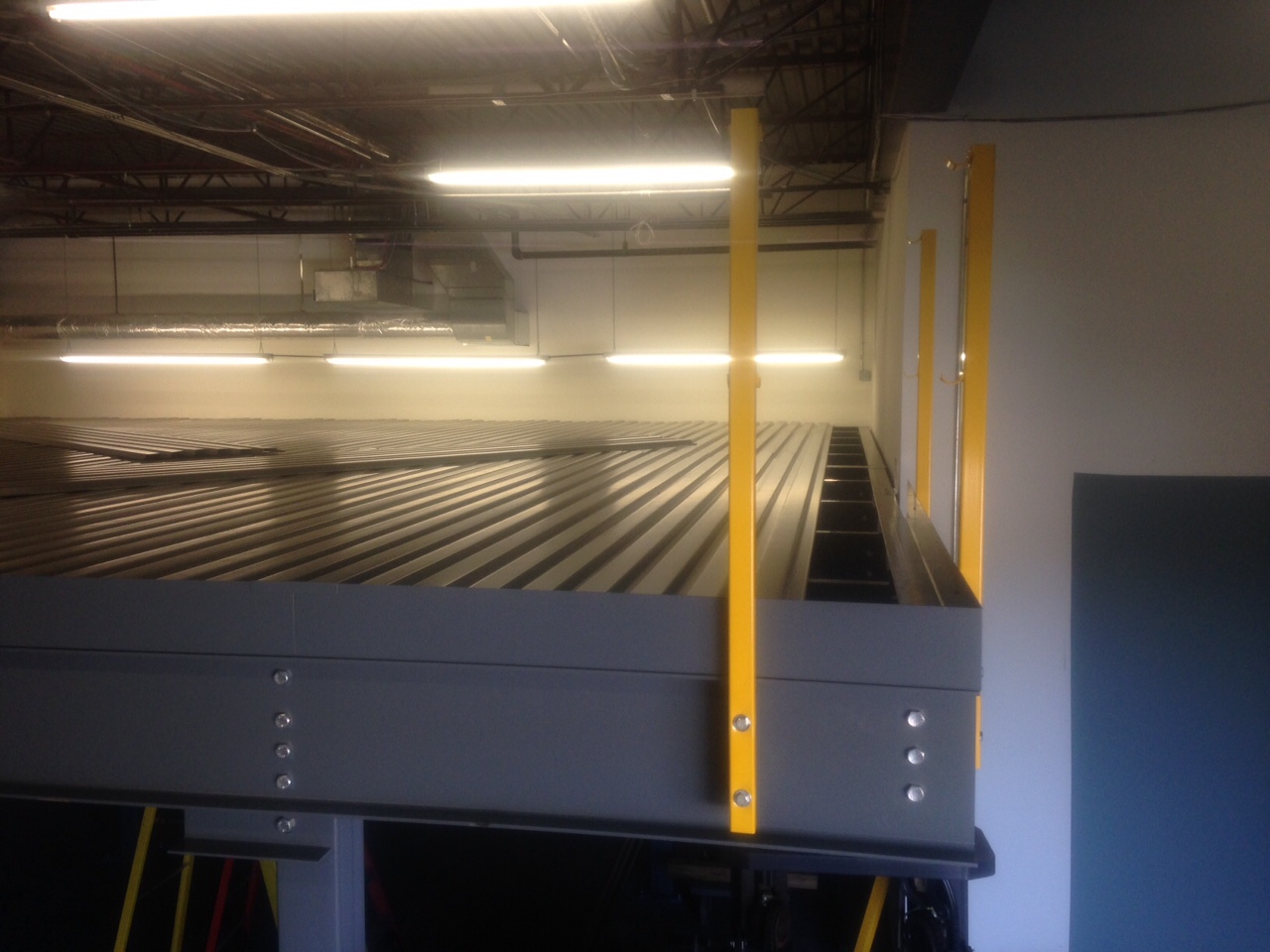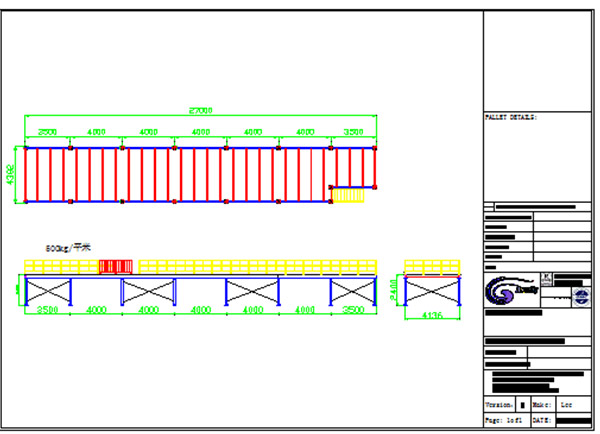Wooden Mezzanine Floor Thickness

The t4 mezzanine is small and flexible designed for small spaces in both the home and businesses.
Wooden mezzanine floor thickness. The difference is that with solid wood you can sand and varnish a wooden floor multiple times unlike a lower grade engineered floor. Knowing the characteristics of both the floor and underlying soil. The wood boards used as floor joists generally range in size from no smaller than 2 by 4 inches to no larger than 2 by 12 inches. Two by 6 inches is a joist size frequently used in both indoor floors and as deck joists.
Minimizing the thickness of the mezzanine will increase the price. The typical floor is 6 thick concrete and has a capacity of 25 000 pounds. 7 16 15 32 and 1 2 inch thick panels require joists spaced 16 inches on center. Various styles of railings for staircases and mezzanine floors are available or can be custom designed for the client.
When you start loading a floor with tons of equipment you must know its actual capacity. With this tread depth you can have a 40 or 35 degree angle staircase. The most common laminate beam width for the use of threads will be the 297mm. The beams might be smaller but they are heavier.
Decking generally mezzanine floors are fitted with tongue and grove 38mm particle boards which are a floor grade chipboard. The width of the staircase will determine the thickness of the tread. The thickness of the purlin depends on the use and weight requirements of the mezzanine floor as well as the bay sizes determined by the column layout. In joist sizes the larger size such as 6 inches represents the height of the joists while the 2 inch size represents the.
Load bearing capacity of up to 143 4 lb ft and it can be combined with any tecrostar stairs or accessories. Metallic mezzanine with wooden floor easy to install with no need of works. We might be able to provide a mezzanine with 7 clear and an 8 top of deck but at the columns above the baseplates you ll have a piece of angle coming 4 off of that 7. 19 32 and 5 8 inch thick panels require joists spaced 20 inches on center.
Floor capacity depends on the thickness of the concrete and how much the soil underneath the slab will compress. The minimum thickness allowed for ceramic tile installations is two sheets of 5 8 inch thick plywood. The plywood must be exterior grade for all wet areas and it has to be installed in such a way that the joints between each layer do not line up using what is known as a stagger pattern to keep the pieces from ever lining up. The thicknesses are as follows.



















